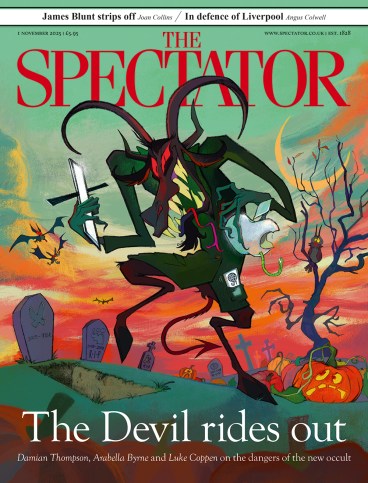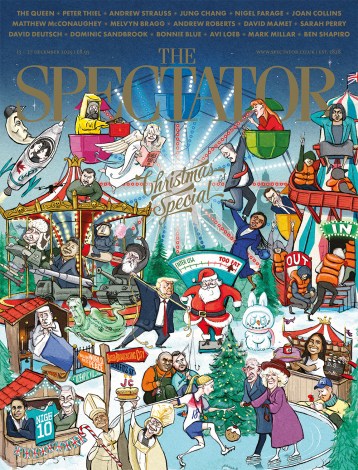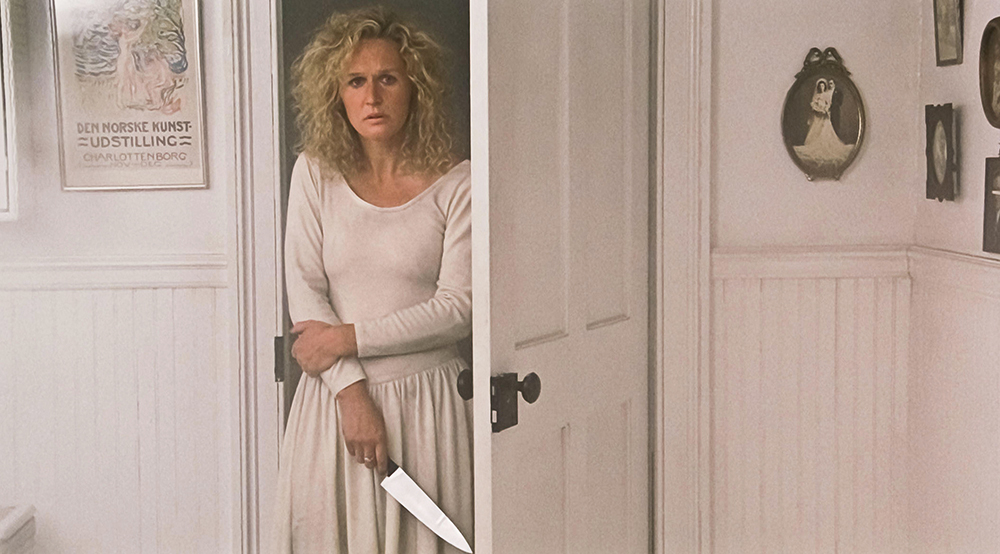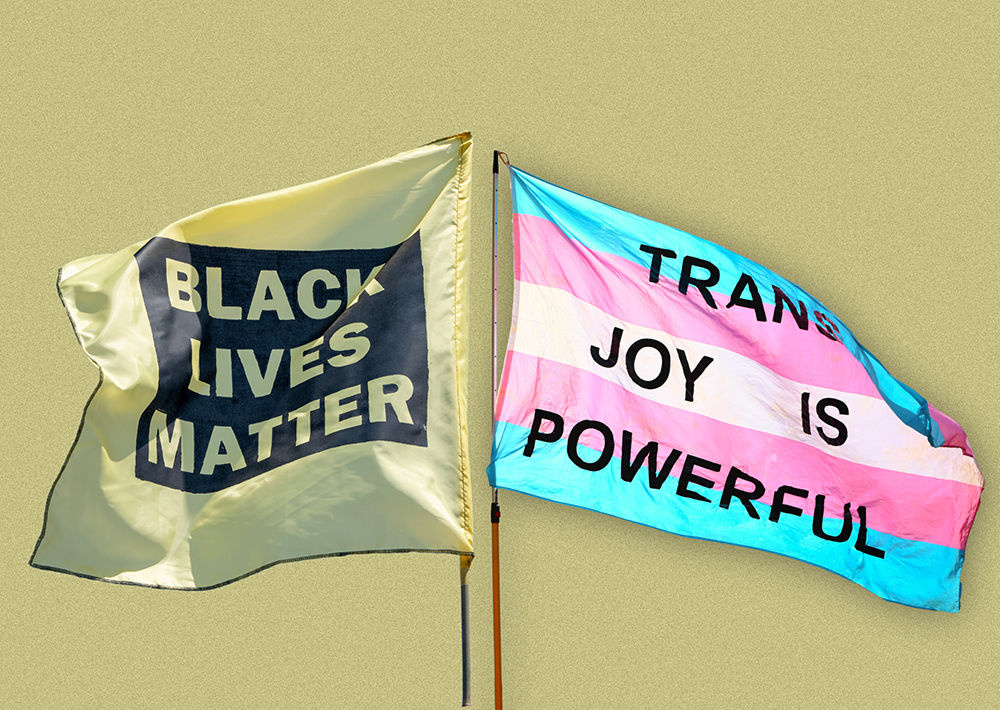
Even if you’ve never seen Adrian Lyne’s 1987 thriller Fatal Attraction, you’ll know what a ‘bunny boiler’ is. When Alex (Glenn Close) slaughters her lover Dan’s family pet and leaves it simmering on the stove, she invented a universal shorthand for the obsessive, unstable woman who can’t take romantic rejection.
In the film, Alex is portrayed as the destroyer of domestic happiness: an embittered career woman on the wrong side of 35, who is made literally sick when she spies on the contentment shared by Dan (Michael Douglas), his wife and his daughter. Audiences loathed her. Susan Faludi, in her book Backlash, reported cries of ‘Kill the bitch!’ and ‘Punch the bitch’s face in!’ during the film’s violent climax.
No matter that Dan was himself a bit of a heel. Alex was the monster – and even more so in comparison with the pretty, dutiful wife who forgives her faithless husband and then saves his life by killing his stalker. The unsubtle message was that a woman on the shelf is liable to curdle into madness; and when that happens, the only thing to do is put her down.
The ‘bunny boiler’ tag, writes the cultural critic Caroline Young, ‘would hang like a threat over women who dared to ask for more’. That includes Young herself, who intersperses this study of the single woman in fiction, film and TV with her own experiences. In her thirties, she tolerated an abusive relationship for fear of becoming the stereotypical singleton. But the autobiographical segments never fully mesh with the wider analysis.
The approach is roughly chronological, running from The Taming of the Shrew’s blithe misogyny to Promising Young Woman’s fantasy of revenge against the patriarchy, via the femme fatale of film noir and the relatable pratfalls of Bridget Jones. (Young was nicknamed ‘Bridget’ by her friends in tribute to her romantic haplessness.) In practice, Young darts wildly across time, from Dorothy Parker in the 1920s to Fatal Attraction in the 1980s to Taylor Swift in the 2010s, over a matter of pages.
Her attention is unevenly distributed. There are three pages dissecting the 1993 flop The Temp, but the discussion of Jane Austen never touches on Persuasion, the novel in which Austen most clearly confronts the misery of being an unmarried woman in the 19th century. I’m all for critics following their passions, but better to leave Austen out entirely than give her such short shrift.
The ‘bunny boiler’ tag would hang like a threat over women who dared to ask for more
I would also have welcomed more social context, which is only fleetingly touched on. And sometimes Young’s thesis slips entirely. There are repeated, and lengthy, references to J.D. Vance’s ‘childless cat ladies’ slur. But none of the Democrat politicians he identified as such was single (and one of them was not a ‘lady’ at all, but a gay man), so his relevance here is never fully clarified.
These flaws are regrettable because Young has chosen a rich and unsettling subject. Derogatory terms such as ‘old maid’ and ‘spinster’ might be out of fashion, but the single woman (and singleness as a whole) is one of the most worried-over subjects in contemporary discourse. In what’s been called a ‘relationship recession’, people across the developed world are coupling up later in life or not at all.
This has stark consequences, particularly for birth rates. Obviously the longer it takes to find a partner, the less time there is for having children. (I suspect Young had something like this in mind when writing about Vance.) Hence a burgeoning pronatalist movement that is flirting with ways to make being a single woman harder.
The rise of singledom also leaves populations of unattached men and women, who seem to be drifting ever further from each other. Although not mentioned by Young, the greater social anxiety recently has been about single men and the prevalence of ‘incel’ communities, where ‘involuntary celibates’ trade a mixture of sensible advice (‘go to the gym, work on your conversation skills’) and embittered chauvinism (‘women are facile sluts, feminism is a cancer’).
At the same time, social media has placed fetishistic attention on so-called ‘tradwives’ – women who perform a version of pre-second wave domesticity for their followers. Young writes that tradwife content ‘delivers the message that true happiness can only be found in being a domestic goddess’; but I suspect a lot of viewers are single women who are relieved to have opted out of endless pregnancies and constant chores.
Young is most compelling when she writes about her ambivalence at being single. It’s a state that she didn’t so much choose as have foisted on her by the toxic boyfriends on whom she wasted her thirties; and while she wants to celebrate the freedom of being unattached, she also acknowledges her ‘path lined with anxiety and heartbreak’. Beyond the bunny boiler stereotype, the story of singleness is both complexly personal and unavoidably political.







Comments